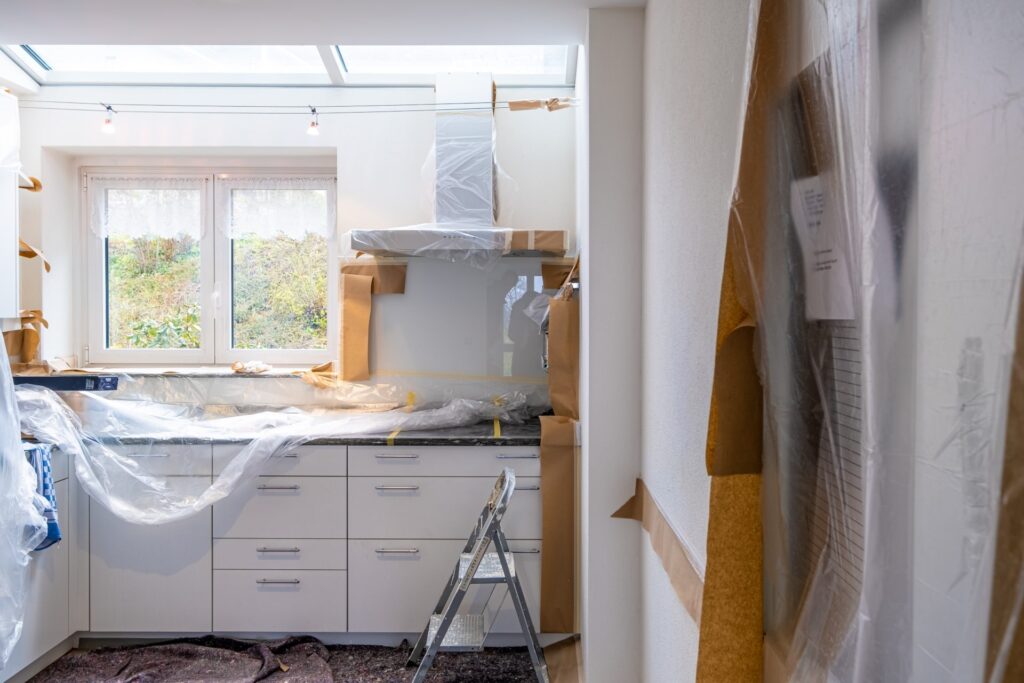
Introduction:
As the world becomes increasingly aware of the need for environmental sustainability, the construction industry plays a crucial role in creating homes that are eco-friendly and energy-efficient. Residential construction has the power to shape a sustainable future by embracing environmentally conscious practices. In this article, Mark Mariani will explore the importance of sustainability in residential construction and the innovative strategies that are being employed to minimize environmental impact. Join us as we delve into the world of sustainable residential construction and discover how it is shaping the homes of the future.
I. Designing for Sustainability:
The foundation of sustainable residential construction lies in thoughtful and innovative design. This section explores the role of architects and designers in creating homes that maximize energy efficiency, natural light, and ventilation. We will discuss design principles such as passive solar design, orientation to optimize sunlight, and the integration of sustainable materials. By considering these factors during the design stage, homes can reduce energy consumption, minimize reliance on artificial lighting and heating, and promote a healthier living environment.
II. Energy-Efficient Building Systems:
Energy-efficient building systems are key components of sustainable residential construction. This section delves into the utilization of energy-efficient technologies and systems, such as solar panels, geothermal heating and cooling, and high-performance insulation. We will discuss the benefits of these systems in reducing energy consumption, lowering utility costs, and minimizing the carbon footprint of homes. Additionally, we will explore the importance of smart home technologies in optimizing energy usage and improving overall efficiency.
III. Sustainable Materials and Construction Practices:
The selection of sustainable materials and the adoption of eco-friendly construction practices are vital for reducing the environmental impact of residential construction. This section explores the use of recycled and renewable materials, low-emission products, and sustainable construction techniques. We will discuss the importance of sourcing materials responsibly, reducing waste through recycling and repurposing, and implementing efficient construction processes. By prioritizing sustainable materials and practices, residential construction can significantly contribute to a more sustainable future.
IV. Water Conservation Strategies:
Water conservation is an essential aspect of sustainable residential construction. This section explores strategies for reducing water consumption, such as the use of low-flow fixtures, rainwater harvesting systems, and drought-resistant landscaping. We will discuss the benefits of these strategies in conserving water resources, minimizing strain on municipal water supplies, and promoting responsible water usage. By incorporating water conservation measures, homes can contribute to a more sustainable and resilient water future.
V. Green Building Certifications and Standards:
Green building certifications and standards provide guidelines and recognition for sustainable residential construction. This section explores prominent certifications such as LEED (Leadership in Energy and Environmental Design) and ENERGY STAR. We will discuss the criteria for achieving these certifications and the benefits they offer, including energy savings, improved indoor air quality, and increased property value. Green building certifications serve as a testament to a home’s sustainability and provide assurance to homeowners that their homes are built with environmentally responsible practices.
Conclusion:
Sustainability is no longer a choice but a necessity in residential construction. By embracing sustainable design, energy-efficient systems, eco-friendly materials, water conservation strategies, and green building certifications, residential construction can significantly contribute to a more sustainable future. The homes we build today will shape the way we live tomorrow, and by prioritizing sustainability, we can create living spaces that are not only environmentally friendly but also healthier and more cost-effective for homeowners. As we embrace sustainable practices in residential construction, we pave the way for a brighter and more sustainable future for generations to come.